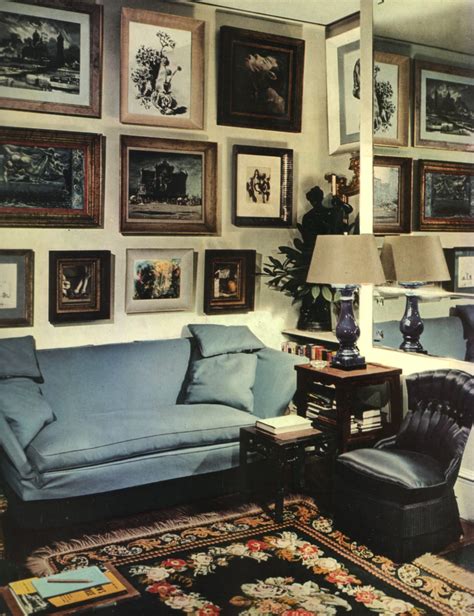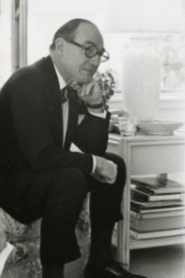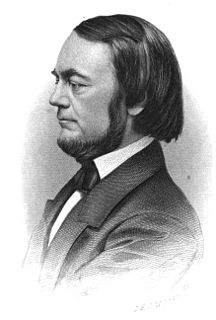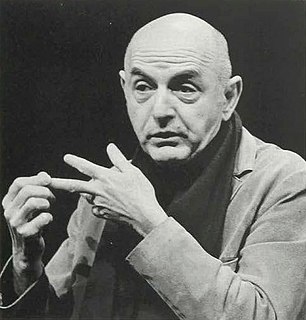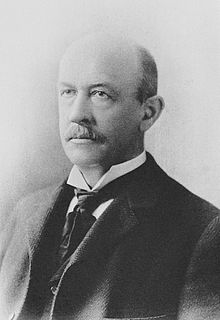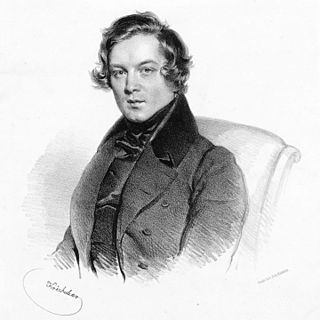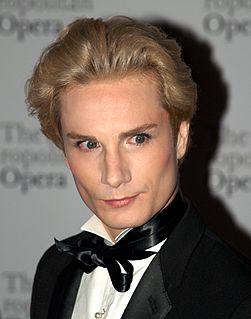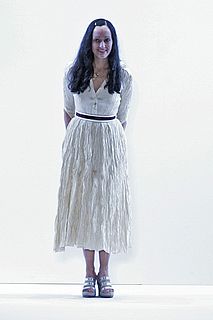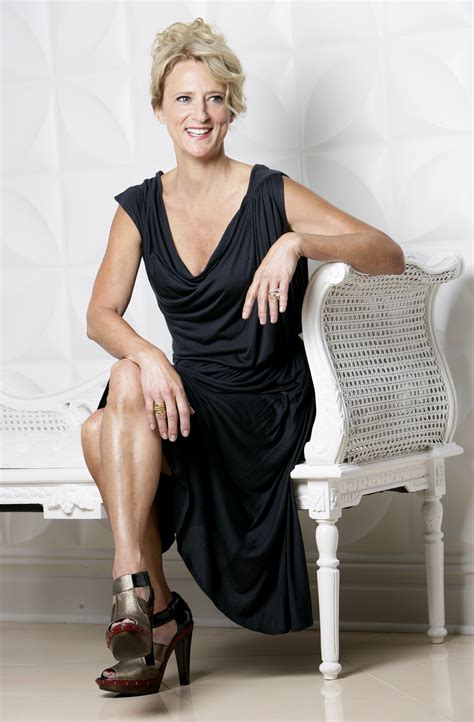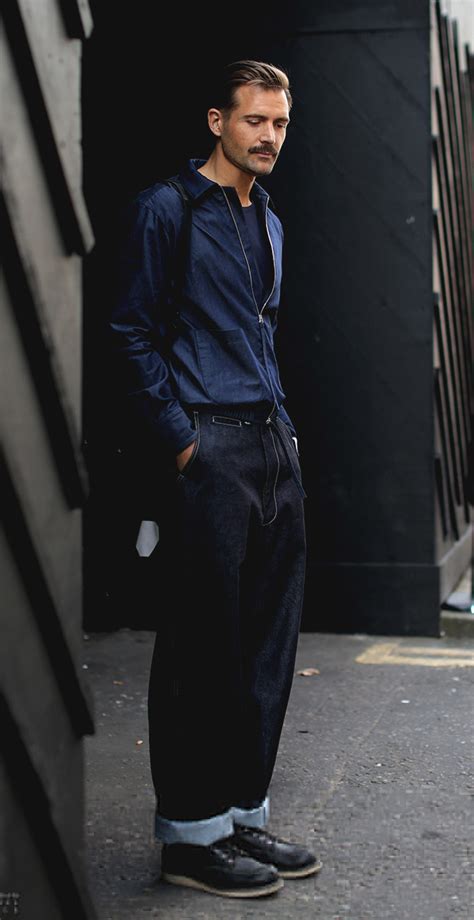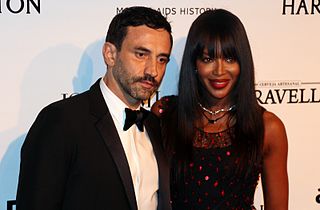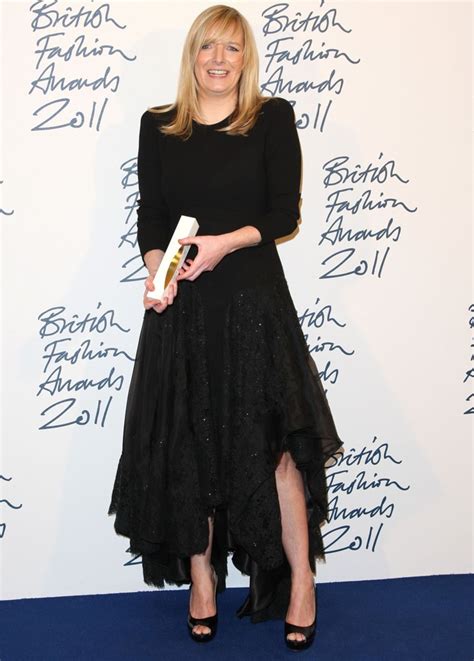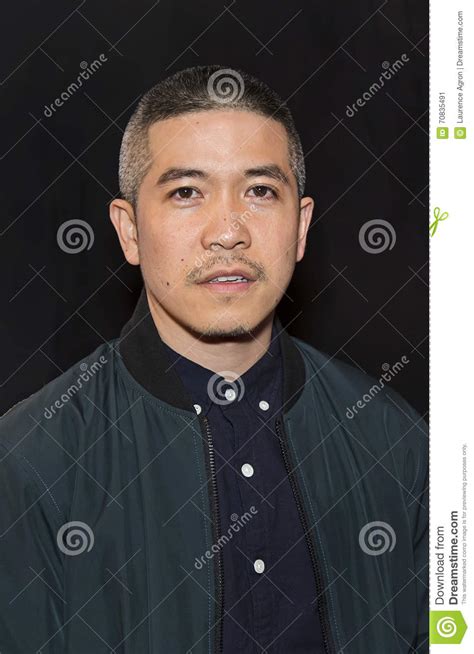A Quote by Van Day Truex
The overscaled compositions being produced by so many abstract painters, which are full of movement and use of color, are ideal example, ideal transformations of an entire wall and entire room.... There is no denying that one of the major attractions of these successful large compositions is their structural decorative use in the contemporary scene... That these large canvases can be superbly decorative may not be considered complimentary by some of the artists involved.
Related Quotes
The difficulty with color is to go beyond the fact that it's color ? to have it be not just a colorful picture but really be a picture about something. It's difficult. So often color gets caught up in color, and it becomes merly decorative. Some photographers use it brilliantly to make visual statements combining color and content; otherwise it is empty.
I was doing something that the officials or art commission probably didn't consider important... I was experimenting with different kinds of realistic art, impressionism and the more decorative compositions of different forms of painting, which took away from the earlier photographic realism that I was doing.
I suppose the most marked example of color as structure is in the Byzantine use of mosaic decoration that becomes architecture. The decoration of the interiors so related to the form that they fuse. In less elaborate interior design this is always the ideal approach to color - used not only as just color alone.
Color is a major element in scale. A small room can have a larger look by the use of closely related values, hues, and intensity. A large room can be made to look smaller by marked contrasts of color and value, hue, and intensity. Value is one of the most important elements. Whether light or dark, little value contrast makes for unity, and sharper contrast makes for stronger punctuation.
Ideals are very often formed in the effort to escape from the hard task of dealing with facts, which is the function of science and art. There is no process by which to reach an ideal. There are no tests by which to verify it. It is therefore impossible to frame a proposition about an ideal which can be proved or disproved. It follows that the use of ideals is to be strictly limited to proper cases, and that the attempt to use ideals in social discussion does not deserve serious consideration.
